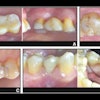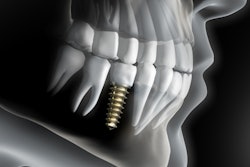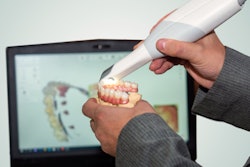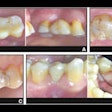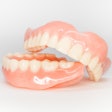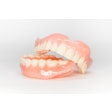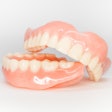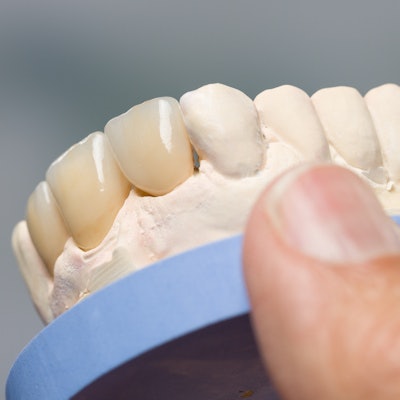
Researchers compared the clinical outcome of one digital dentures system with that of conventional dentures in an article published July 16 in the Journal of Prosthetic Dentistry. While digital systems can take fewer visits, the lack of customization left many patients ineligible for the trial.
The study evaluated the Baltic Denture System, a product from Germany's Merz Dental that allows dentists to fabricate complete dentures in two visits. In comparison, conventional dentures often require additional visits and complex lab procedures.
Researchers recruited 16 participants for a randomized, controlled, double-blinded, crossover trial in which patients received one new pair of complete dentures produced using the digital workflow and one pair of dentures using the conventional workflow. However, more than one-third of candidates could not participate in the trial due to the digital dentures system requiring a neutral sagittal jaw relation, the authors reported (J Prosthet Dent, July 16, 2022).
"The digital processing of dentures by the Baltic Denture System includes some compromises," wrote the study authors, led by Dr. Simon Peroz of Universitätsmedizin Berlin in Germany. "Because of the precondition of a neutral maxillary-mandibular relationship, more than one-third of possible participants had to be excluded."
The remaining 16 participants who could participate in the small trial wore each denture for an observation period of three months. Denture esthetics, occlusal relationships, the retention of maxillary and mandibular dentures, and phonetics were evaluated.
The digital dentures' borders were more overextended at insertion and, therefore, had worse retention than the conventional dentures at the start of the study. However, the digital system allowed for borders to be corrected at two weeks and three months so that by the end of the observation period, there were no significant differences between the two dentures, the authors wrote.
Digital dentures have been reported to fit better than conventional ones as polymerization shrinkage during the fabrication process is avoided, and patients have reported improved retention. However, improved retention was not found in the present study.
While the two types of dentures ultimately had no significant clinical differences, the authors reported that the Baltic Denture System had drawbacks, including the requirement that patients have a neutral sagittal jaw relation and that clinicians could not individualize the arrangement of anterior teeth.
One study participant declined to participate based on the disadvantages of these particular digital dentures. With the participant's previous dentures, no maxillary teeth could be seen while the person was speaking, and the occlusal plane was lower in the new dentures. The participant refused to wear the digital dentures for three months.
Many complex patients are treated in university clinics, so the patients screened for this study do not exactly correspond with patients who are being treated in private practices with regard to discrepancies or severe resorption of the alveolar ridge. The digital system also now offers additional options to include patients with retrognathic or prognathic relationships, thereby expanding the patient spectrum, the authors reported.
Based on the results, the authors concluded that digital versus conventional denture creation did not influence the final clinical outcome. They also suggested that the Baltic Denture System should allow clinicians to individualize the placement of anterior teeth and expand to support more patients.
"Further developments of the Baltic Denture System should focus on the elimination of these disadvantages," they wrote.


